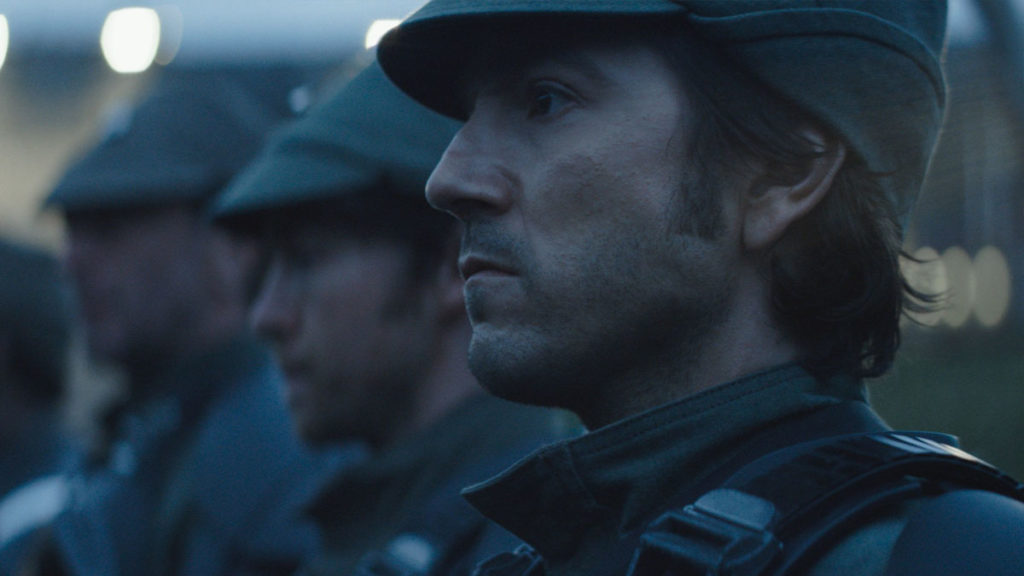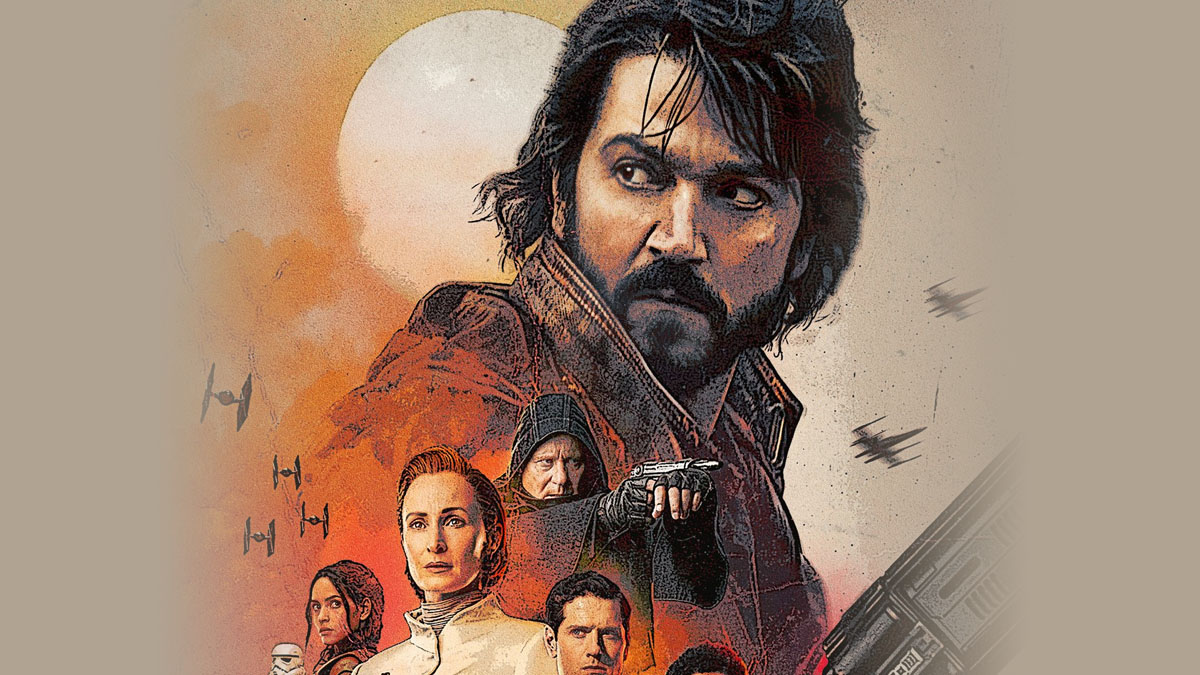When George Lucas released his low-budget space opera in 1977, he probably had no idea what a massive entertainment juggernaut it would turn out to be. Today, “Star Wars”— retroactively subtitled “A New Hope” as soon as it became clear that this was not a one-off— has spawned a veritable… well, empire of movies, TV shows, books, toys, and more. Due to the film’s successful sequels (which earned half the money in the world), and despite its lackluster prequels (which earned the other half), it was clear that this franchise was here to stay. In 2012, Disney paid an unprecedented $4 billion for the “Star Wars” rights and, three years later, released “The Force Awakens,” which was another enormous success. Ten years later, through the franchise’s hits and misses, the question is: Which one will the new Disney+ series “Andor” be?

Because frankly, Disney’s recent movie output has been… uneven at best. “Solo: A Star Wars Story” was good but not great; “The Last Jedi” divided fans; and “The Rise of Skywalker” was so bad it actually united those divided fans in their shared hatred of the film. There’s trouble even on the TV front: Aside from the immensely popular “The Mandalorian” (which, in my opinion, is just okay), the streaming shows haven’t really been making that much of a cultural impact.
Which is all an extremely roundabout way of saying that I, as a disgruntled “Star Wars” fan, did not have high hopes for “Andor.” It was a prequel series, after all, and most prequels— let’s be honest— suck. (There’s just something deeply unsatisfying about going into a story whose beats are designed to fit, however clumsily, into an ending you already know.) Furthermore, the show was once again going to feature a protagonist we’d already met, albeit briefly, rather than someone totally new. (Seriously, the way the same people keep running into each other, it’s like there are only a dozen or so people in this damn galaxy.) Plus “Andor” would center around the same old “oppressive empire” theme, which has been the focus of so many of the existing movies and shows. There are so many tales you could tell in this fantastical universe: Why did we keep getting the same ones over and over?
Still, there was cause for cautious optimism. For one thing, “Andor” was a prequel to “Rogue One: A Star Wars Story,” arguably the best of the Disney-era “Star Wars” films. It was also created by Tony Gilroy, who not only wrote “Rogue One” but also (according to industry insiders) directed the best parts of it. And instead of the (admittedly impressive) virtual backgrounds of similar shows like “The Mandalorian” and “The Book of Boba Fett,” this series purportedly used large-scale sets— yes, actual, physical sets!— with much of the filming done on location. And perhaps most exciting of all, Gilroy has publicly stated his intention to tell his story as a gritty, grounded drama more like a political thriller than a rip-roaring space adventure— something without too many attention-grabbing Easter eggs and too much gratuitous fan service.
So… is the show any good? Based on the first three episodes, which effectively act as the first major story arc, “Andor” is… promising. Make no mistake, though: This streaming series has a lot going for it. It looks amazing, for a start. The shaky-cam cinematography adds just the right touch of cinéma vérité. The score is evocative and effective. The stark, pared-down, lived-in production design is top-notch. The flashbacks, which evoke a strong “Lord of the Flies” vibe, are intriguing, partly because they feature an unfamiliar alien language and (in a bold narrative choice) no subtitles at all. And perhaps best of all, the show has just the right amount of “Star Wars”-ness: it’s immersive without being intrusive, perfect for satisfying diehard fans without alienating potential new ones. So maybe, just maybe, “Andor” is the show that will restore “Star Wars” to its former glory…
… except it’s not all good news. The pace is painfully slow, with almost nothing at all happening in the first two episodes. Furthermore, some characters are underdeveloped, with unclear motivations. For example: When we first meet the protagonist, Cassian Andor (played with reliable intensity by Diego Luna), he is on a desperate mission to find his missing sister… and then a few scenes later, he inexplicably drops that raison d’être in favor of earning enough money to leave the planet. (Seriously, we see his sister in numerous flashbacks, but he never talks about her again.) By the end of the third episode of “Andor,” we know almost nothing about Andor himself— and that makes it very hard for us to care about him.
Still, we’re only part of the way in, and it’s likely that some of these flaws will be “fixed” as the story develops through subsequent episodes. And to its credit, “Andor” is just entertaining enough for me to want to stick around for those.
RATING:

5 crowns: a must-see
4 crowns: excellent
3 crowns: good but not great
2 crowns: just about watchable
1 crown: avoid at all costs
Click here for more stories like “REVIEW: ANDOR”. You may also follow and subscribe to our social media accounts: Facebook, YouTube, Instagram, TikTok, Twitter, and Kumu.






















